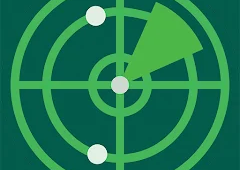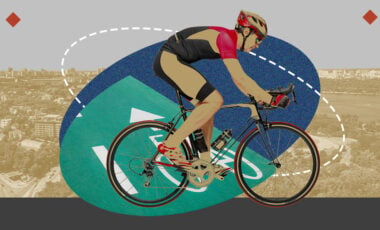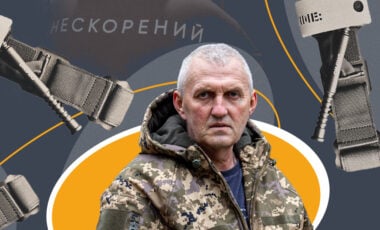Solutions to win: Ukrainian engineers develop power system enabling drones to fly indefinitely without charging

Photo: Illustrative
Ukrainian engineers have created a power system for unmanned aerial vehicles, enabling quadcopters to remain airborne for an indefinite period of time.
The "Technical Support of the Army of Ukraine" group reported this.
What is the problem?
On the Ukrainian-Russian front, contemporary drone technology has achieved a remarkable milestone, revolutionizing the battlefield.
Utilizing drones to survey, modify, and initiate operations prior to their execution could potentially mitigate the losses of Ukrainian defenders and save countless lives. The increased presence of drones on the frontlines is paramount in ensuring the security of Ukrainian soldiers.
"You can see how much UAVs today reach a significantly new level and really make a revolution at the front. This applies to UAVs of quadcopter types and different levels – tactical, strategic, and so on. This is what needs to be developed in Ukraine today, what will provide an advantage in the future", the speaker of the Air Force of Ukraine's armed forces, Yuriy Ihnat, stressed.
However, any drone has a limited time in the air.
What is the solution?
A group of engineers from "Technical Support of the Army of Ukraine" and Cyber Avia jointly developed a UAV power supply system through a cable for the long-term stay of the aircraft in the air.
How does it work?
"We have tested a prototype of the KV-1 ("Vezha -1") project. It is a Mavic 3 drone power supply system via a cable from the ground. It works perfectly. Height up to 35 m. Working time is unlimited," the engineers said.
It is noted that the drone modified by the developed system can be used as:
- unlimited flight duration repeater for FPV drones,
- receiver carrier of PEP systems,
- a holder of a radio communication antenna or a point of long-term observation over the battlefield.
Specifications:
- Maximum flight height: 35 m.
- Maximum weight of additional equipment on board: 100 g (at a lifting height of 25 m).
- Ground power supply from 220V or 12/24V network through an inverter.
- There is protection of the operator against electric shock.
- The distance of the cable from the winch to the ground power source is up to 250 m or up to 500 m.
- Consumed power ~500W.
- The weight of the ground equipment is ~1.5 kg (without the weight of the inverter / battery).
Procedure:
- A standard drone is suitable and sufficient for normal flights, and no upgrades are necessary.
- Control of a standard remote control by radio channel. One can control/watch video from a distance of up to a kilometer or more (as long as the range of the remote control is enough).
In addition, as the inventors said, there are plans to work on control via a wired connection (to reduce radio visibility).
Additionally, once deployed, the system does not necessitate an operator at the winch for drone ascendance and descent. In the event of power failure from the ground, the system is outfitted with an on–board battery for emergency drone landing.
For reference:


















































